Plenty of blame to go around.
It is 1828 and the Southern economy has changed.
Tobacco plantations in the northern regions are in decline.
But in the Deep South, cotton and sugar plantations are thriving.
Isaac Franklin and John Armfield sense a business opportunity is this dichotomy.
So, they lease a three-story townhouse in Alexandria, Virginia.
Build prison cells in the basement and in adjacent wings of the building.
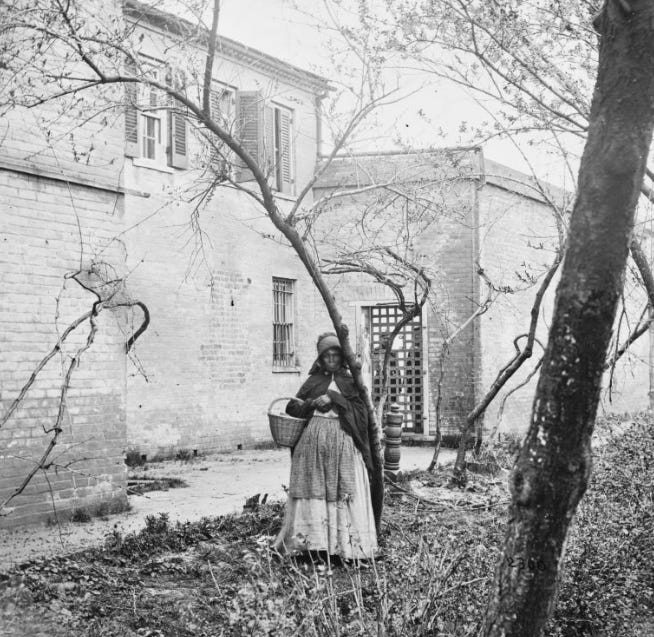
And then travel through tobacco country in Maryland and Virginia, buying unneeded slaves from strapped tobacco farmers.
They’ll transport these people to Louisiana and Mississippi by overland forced marches or by ship.
Then resell them to thriving plantations in need of workers.

The Franklin and Armfield operation became the largest domestic slave trading business in the country.
They turned the haphazard domestic slave trade into a thriving business model which other slave traders adopted.
During the eight years of their operations, from 1828 to 1836, Franklin and Armfield sent four thousand enslaved people to sugar and cotton plantations in the Deep South.
They became extraordinarily wealthy members of the upper-class white Southern society.
But Confederate diarist Mary Chesnut noted correctly that men in the North had owned slaves and had also engaged in the slave trade.
It was wrong, she claimed, to label slavery solely a Southern sin.
“It is a crowning misdemeanor for us [Southerners] to hold still in slavery those Africans whom [the Yankees] brought here from Africa or sold to us when they found it did not pay to own them themselves.
“Gradually, they slid or sold them off down here; or freed them prospectively, giving themselves years in which to get rid of them in a remunerative way.
“If they had been forced to keep the negroes in New England, I dare say the negroes might have shared the Indians' fate.” — Mary Chesnut, 1861.
On the question of slavery, there’s plenty of blame to go around.
******************************
I’ll see you tomorrow.
— Brenda


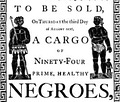


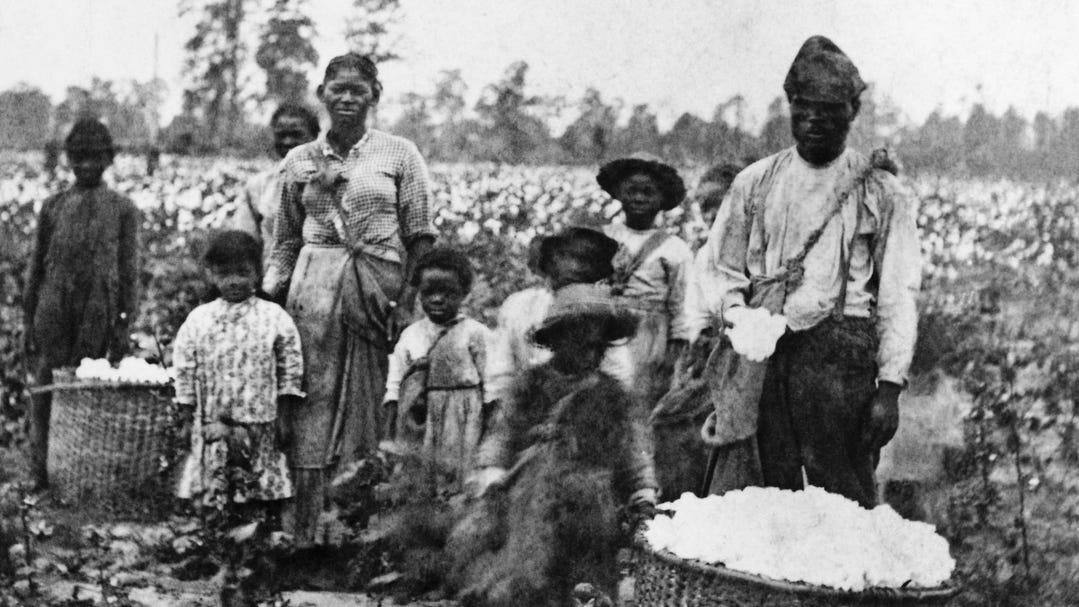
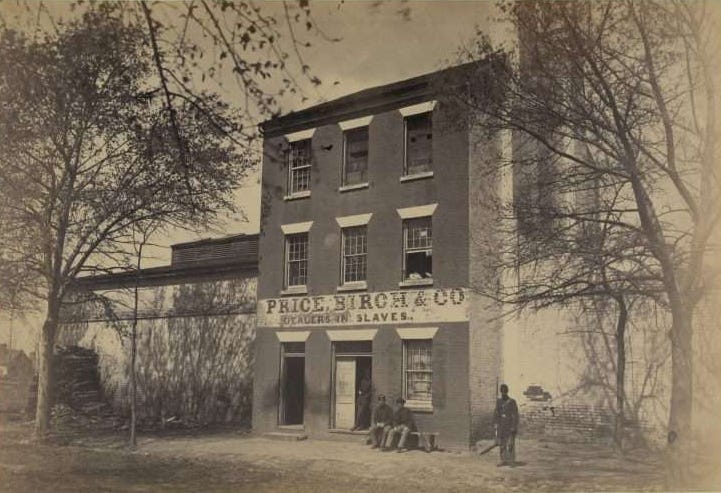
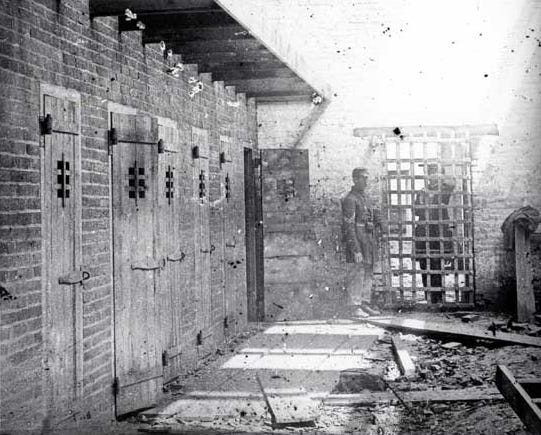
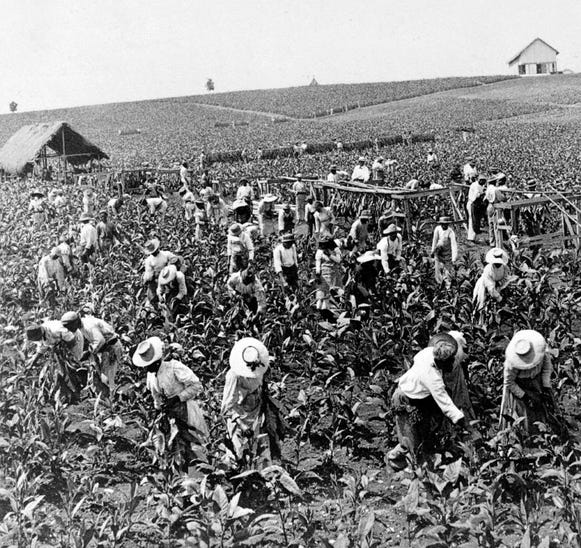
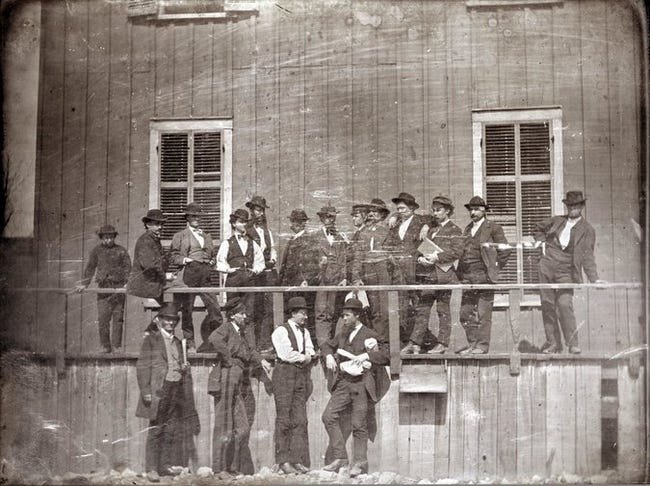
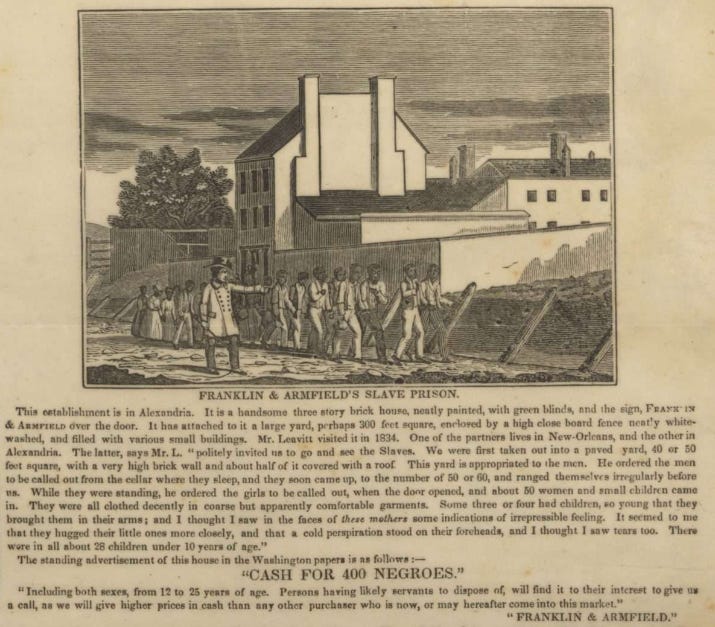
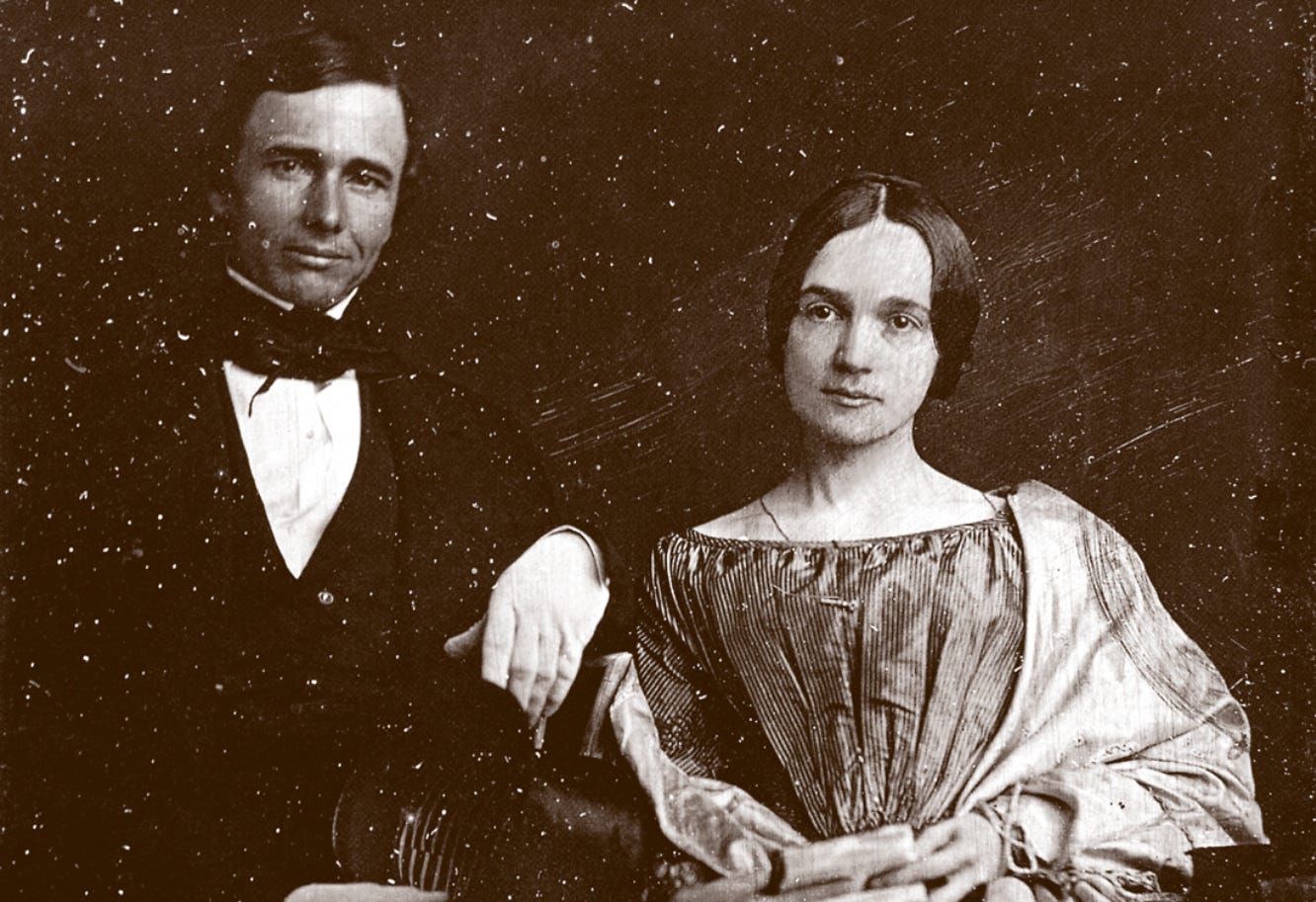
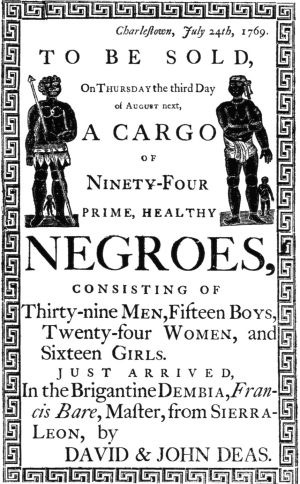
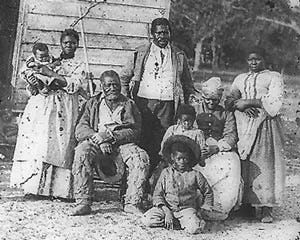




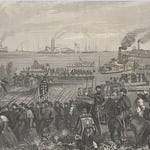
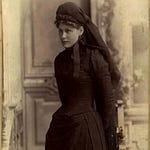

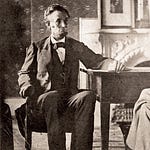
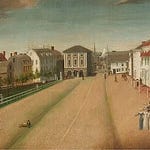
Photo of the Day